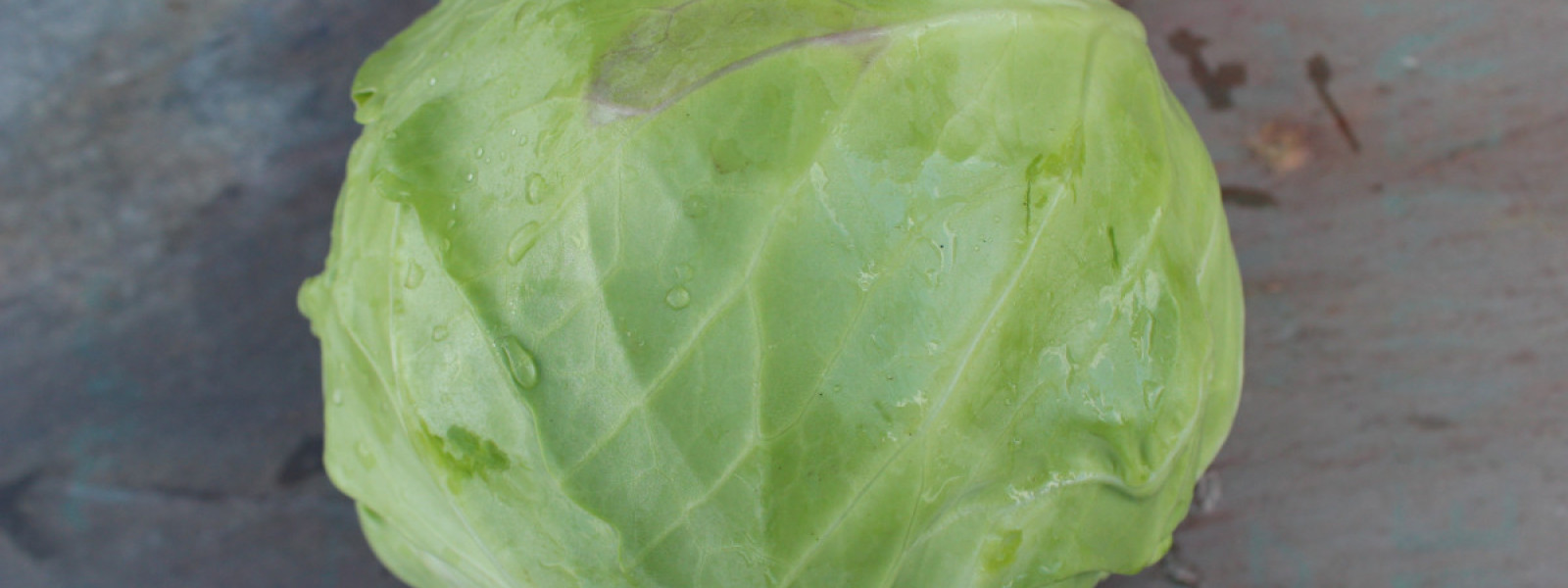Cabbage: All About It
Cabbage may be one of the most globally cultivated of all the plants in the Brassica family (brassicas include kale, broccoli, cauliflower, kohlrabi, among other yummy veggies). In almost every country around the world, it is eaten in a number of different dishes. There are so many varieties available that cabbage can adapt to a wide variety of different climates and altitudes. Long before refrigeration, fermented cabbage dishes such as sauerkraut in northern Europe and kimchi in Korea were one of the earliest and most widespread forms of food preservation. Cultured foods like this nourished humanity for centuries. Lactofermented veggies are incredibly beneficial for your health. Check out our tip on the benefits of lactofermentation.
Here in the United States, we see three main varieties of cabbage: green, purple and savoy. These are the three types that we grow here at Cedar Circle Farm. Most farms harvest cabbages in the early summer for eating fresh in salads and cole slaws. The second harvest comes later in the fall, when these varieties have developed a tight and dense head. These later season cabbages are the ones which are a remarkable storage vegetable. With the appropriate storage conditions, these cabbages can last well into the winter and spring.
Out of all of the vegetables, cabbage is at the bottom of the list for calories present. Even though cabbage is 90% water, it still holds a significant quantity of vitamins and minerals, like vitamins A and C, calcium, potassium, and magnesium. Not all cabbages are created equal as far as nutrition goes. Purple cabbage has more vitamin C, while savoy has more vitamin A, calcium, iron and potassium.
Cabbage has also been used medicinally for centuries. It is considered to be a beneficial digestive aid and intestinal cleanser.
For more information about this cruciferous vegetable, visit this page: Using & Storing Cabbage.
Cabbage Tips
- Keep the outer leaves on until you’re ready to use it – the outer leaves of the cabbage head work to protect the inner and more tender leaves, especially helping with moisture retention.
- Handle your cabbage with care, and try to minimize bruising. Any cell damage makes the cabbage go by more quickly and degrades the vitamin C content.
How to Store It
Cabbages can be stored, unwashed, in the crisper drawer for 3 weeks to 2 months, depending on the variety and how well you store it. You can also put the cabbage in a plastic bag to help retain moisture.
3 Ways to Prepare It
- Make a fresh slaw! Recipe on reverse side.
- Ferment it! Try a making a traditional sauerkraut, or spice it up and ferment it with other veggies.
- Stir-fry it! Try a simple stir fry with cabbage, pork, garlic, and your favorite sauce.
Source: “From Asparagus to Zucchini” by Madison Area Community Supported Agriculture Coalition, CCF staff
photos: CCF staff

